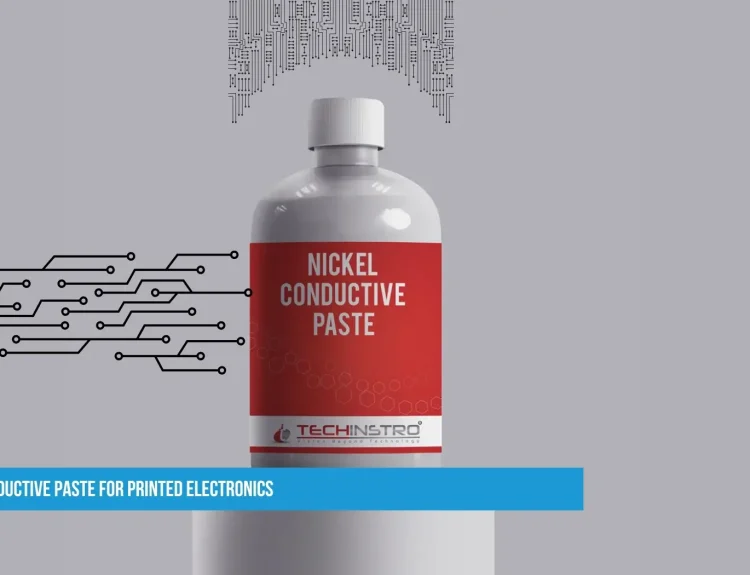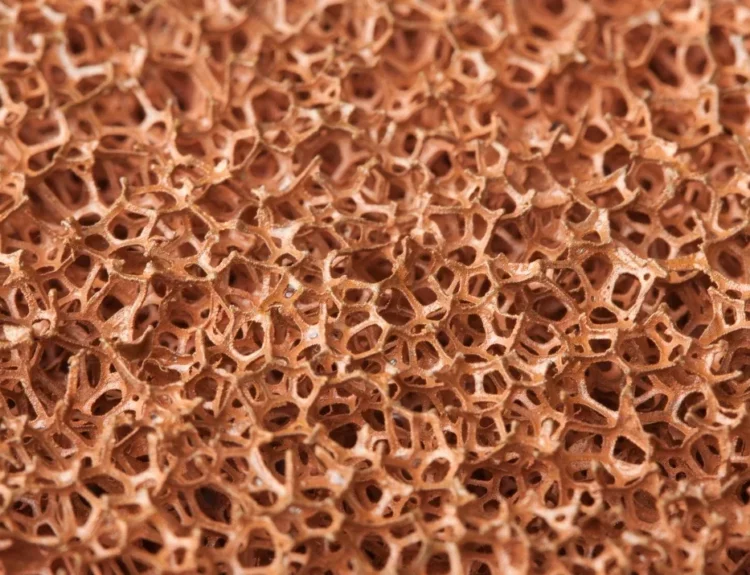When you think about printing, you might imagine newspapers or colorful posters. But there’s a special kind of printing that’s changing the world of electronics – screen printing with conductive ink. This isn’t your average ink; it’s a game-changer for making electronic devices simply and efficiently. Let’s dive into conductive ink and its role in screen printing.
What is Conductive Ink?
Conductive ink is a type of ink that can conduct electricity. Unlike regular ink used for writing or coloring, conductive ink contains materials like silver, copper, or graphene. These materials give the ink its conductive properties, allowing it to transfer electricity from one point to another.
Screen Printing with Conductive Ink
Screen printing is a technique you have seen with t-shirts or posters, where ink is pushed through a screen (or stencil) to create a design on a surface. When you replace regular ink with conductive ink, you can print electronic circuits and components directly onto materials like plastic, fabric, or paper.
The Role in Electronics
- Creating Circuits: The primary role of conductive ink in screen printing is to create electronic circuits. Conductive ink lets you print circuits directly onto a surface instead of etching circuits onto a rigid board. This is faster and less expensive.
- Flexibility: Since screen printing can be done on various materials, conductive ink opens up new possibilities for where and how electronic circuits can be used. Imagine electronic circuits printed on flexible materials like clothes or bendable plastics.
- Simplicity and Cost-Effectiveness: Traditional methods of making circuits are complex and costly. Screen printing with conductive ink simplifies the process and reduces costs, making producing and experimenting with electronics easier.
- Rapid Prototyping: For people designing new electronic devices, conductive ink allows for quick prototyping. You can quickly print a circuit design, test it, tweak it, and print it again.
Applications
- Wearable Electronics: Conductive ink is perfect for wearables. You can print circuits onto fabric, creating bright clothing that can, for instance, monitor your health or change color.
- Flexible Electronics: It’s ideal for creating electronics that must be flexible or fit onto curved surfaces.
- Low-Cost Electronics: For educational purposes or in developing countries, conductive ink makes it possible to create affordable electronic devices and components.
Manufacturer of Conductive ink
Conclusion
Conductive ink in screen printing is like opening a new chapter in electronics. It’s making it possible to put electronic circuits in places we never thought possible. From smart t-shirts to paper-thin lights, the possibilities are endless. As technology advances, we’ll likely see more innovative uses for conductive ink, bringing electronics into every corner of our lives.







